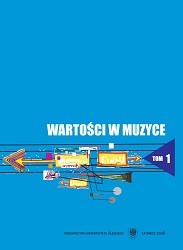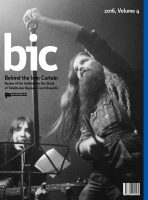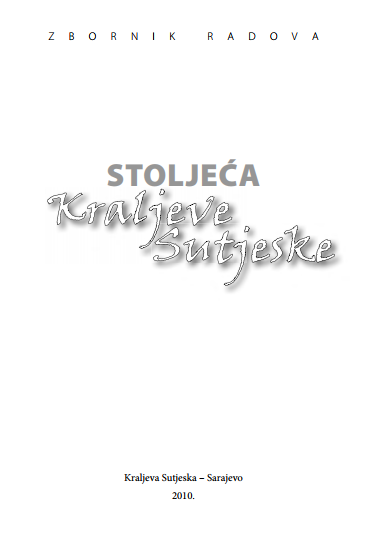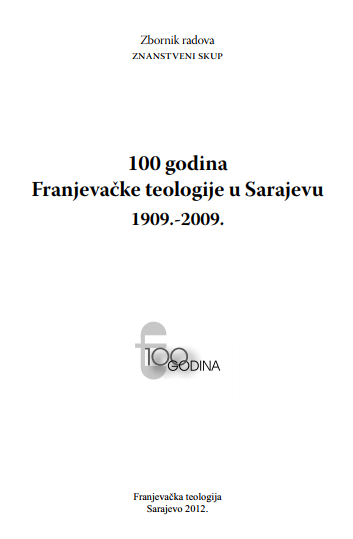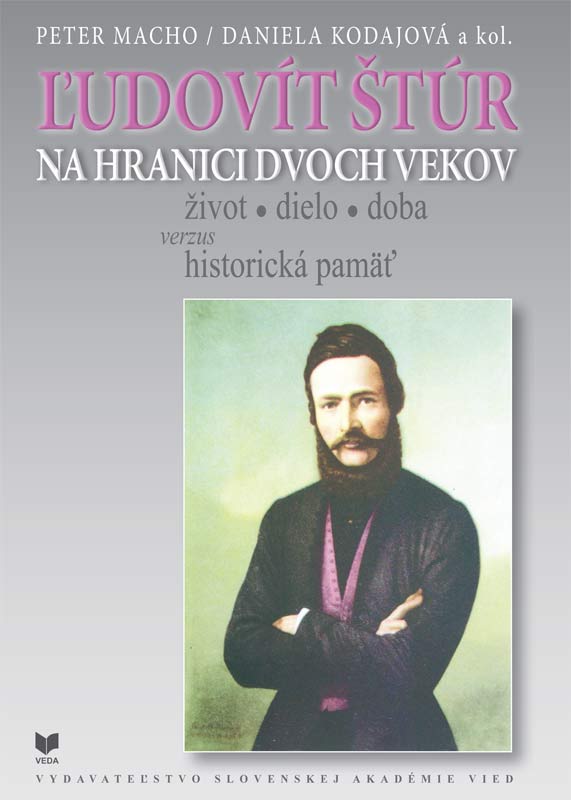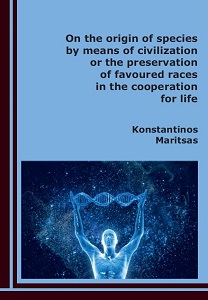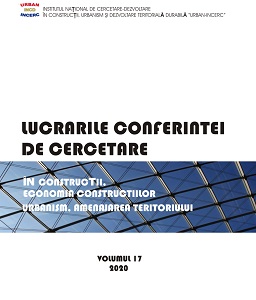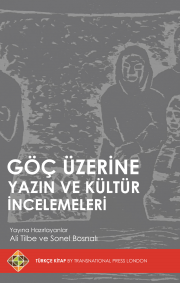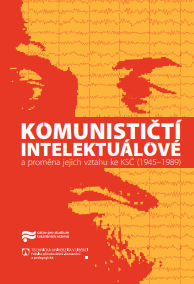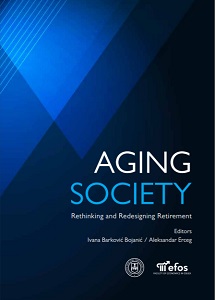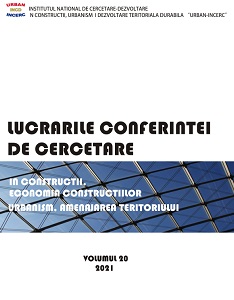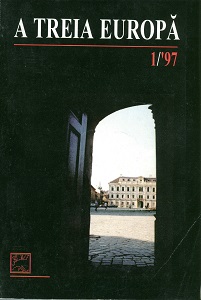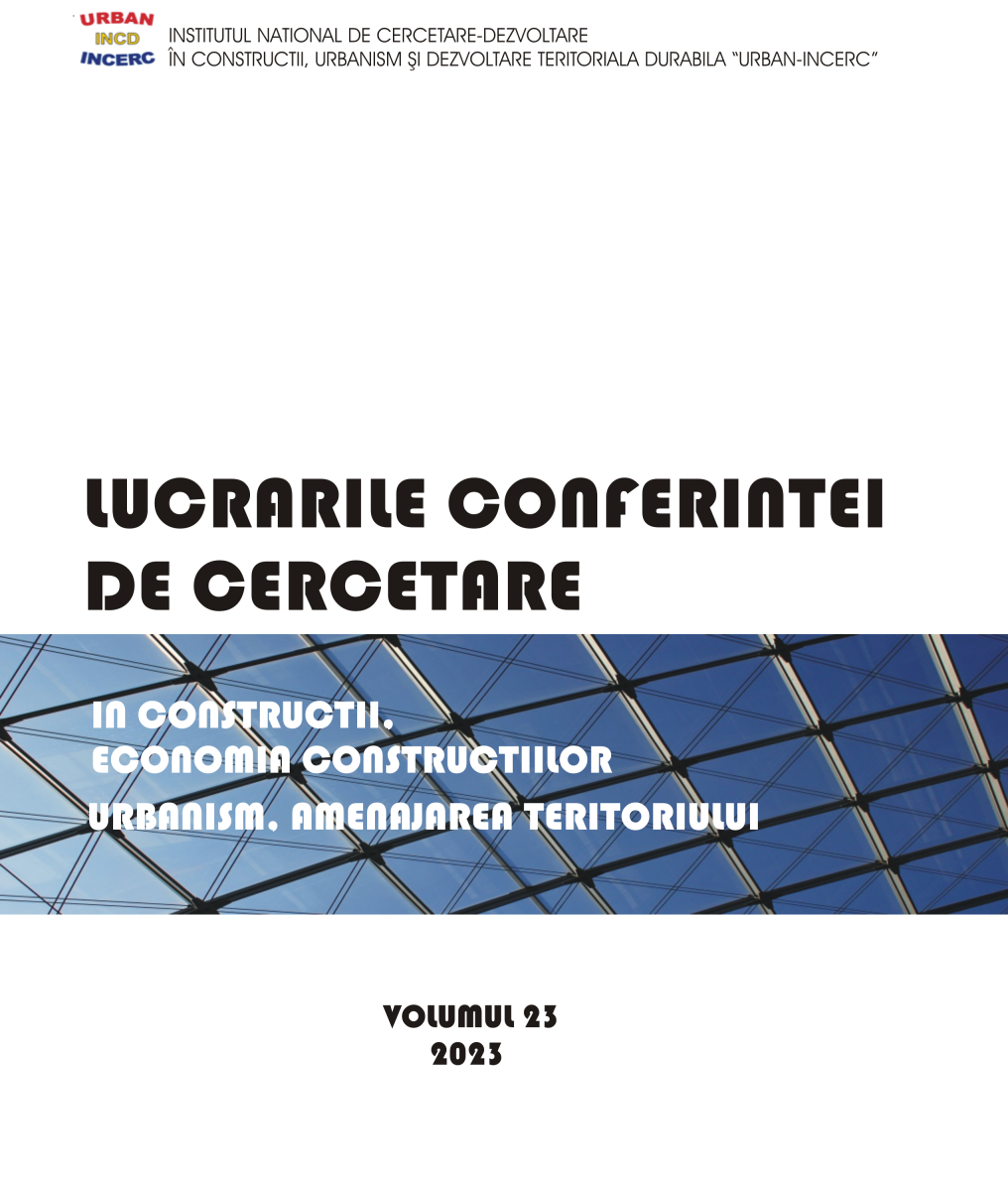Author(s): / Language(s): Slovak
In the first part of the collective monograph its authors focused on the traditionally understood issues of the life and work of Ľudovít Štúr. They see him as a teacher, thinker, codifier of the standard language and leader of the Slovak national movement in the nineteen forties. They summarize older and bring new knowledge about his family background, political thinking, opinions on Slavonic patriotism, reflection of his figure among historians or in period lexicons. The first chapter written by Martin Kováč presents the relation of Ľ. Štúr to the Lutheran Church of the Augsburg Confession. It served to him as a platform for his fight for the revival of the Slovak nation. Štúr criticized not only a growing influence of magyarization but also of rationalism, superficiality and formalism which struck the Church. Eva Kowalská brought to the foreground the relationship between two prominent families in Uhrovec – the aristocratic family of Zays counts and teacher´s family of Samuel Štúr which the founder of Slovaks´ national movements, Ľ. Štúr, comes from. Both families were tied by personal relations which significantly changed in the course of time. The paper has been drawn up based on archival sources not used so far bringing new knowledge to clarify personal motivations, actions and attitudes of Ľudovít Štúr and his significant opponent Karol Zay. József Demmel reveals a political background of the codification of the standard Slovak language. Gyorgy Kossuth, the uncle of the Hungarian liberal politician Lajos Kossuth, played an important role in it. He belonged to a group of nobility and low nobility (zemianstvo) of the Slovak origin which refused social and political reforms and therefore from its conservative position it declared its support to the Slovak national movement. It was its influence that led Ľ. Štúr to a decision to codify a new standard language and to issue political newspapers in it. The following papers study in different optics the phenomenon of Slavonic integration. The text by Marcela Bednárová points out two major typical traits of Štúr´s concept of Slavonic idea – it is mapping the development of philosophic-mythological and socio-political opinions. According to the author both lines existed in symbiosis and without any contradictions. The paper by Karol Kantek and Eva Kowalská is about the life story of the last Štúr´s (Serbian) student and follower Kosta Kostić: it is in the form of a detective search for a forgotten figure of the past which can be interpreted in the context of inter-Slavonic relations – with ties to the Slovak, Serbian, Russian and Czech environment. Marcel Martinkovič, on the other hand, brings the reader back to the issues concerning theories, concepts and visions – he follows the development of Ľ. Štúr´s opinions on Slavonic patriotism, Europe and Russia. According to his opinion in the after-revolution period Štúr was even messianicly fixed to the Tsarist Russia seen by him as the only guarantor of a spiritual progress and freedom of the Slavs. The chapter written by Alica Kurhajcová shows a portrayal of Ľ. Štúr in Hungarian historiography at the end of the 19th century and in the first half of the 20th century. The author paid attention in particular to the publications of the Hungarian historian and publicist Lajos Steier who dedicated himself to the development of the Slovak issue in Hungary. By analyzing his work she deals not only with interpretation of Štúr, his personage, characteristics and politics but also the period context. The second part of the monograph represented by a larger number of papers is aimed at the so-called second life, i.e. afterlife of Ľ. Štúr. The authors look into the phenomenon of Štúr as a symbol paying attention to its significance for the formation of (collective) historical memory and identity, its use within museum practice, school teaching, art and culture etc. The chapter written by Jana Pácalová deals with the formation of the picture of Ľ. Štúr in the second half of the 19th century. It follows rhetoric and narrative strategies in journalism and in the selected memoire texts of his contemporaries with respect to the categories of memory, identity and subject. It is focused on the reconstruction of Štúr´s biography according to the social demand with the aim to institutionalize collective memory of Štúr. The biography of Ľ. Štúr written by his close associate and friend Jozef Miloslav Hurban of 1881 – 1884 can be considered as such text. Sylvia Hrdlovičová deals with the planning, implementation and placement of two gravestones to the grave of Ľudovít Štúr in the cemetery in Modra. The first gravestone was fixed and funded from the national collection in 1872 and the second one, a complex sepulchral site was definitely completed in 1964. The paper pays attention to public manifestation gatherings at the grave, celebrations of Štúr after 1918 and creation of other memorials devoted to Ľ. Štúr in the territory of Modra. The chapter of Daniela Kodajová is similarly focused and it analyzes celebrations and commemoration ceremonies related to the personage of Ľ. Štúr. The author attaches a big national-identification and national-integration importance to them. Peter Macho concentrated in this regard on a concrete personality as a public speaker at celebrations devoted to Štúr: he analyzes messages of ceremonial speeches and lectures of Bishop Samuel Štefan Osuský who was also the chairman of the Štúr Lutheran Society. Ľuboš Kačírek gives insight into the beginnings of the formation of Slovak collecting aimed at the personality of Ľ. Štúr, collecting of tangible relics related to his personality from the nineteen sixties within the Matica slovenská (Slovak Source) and Slovak Museum Society. In 1965, at the occasion of celebrations of his 150th anniversary, museums of Ľ. Štúr were founded in Uhrovec and Modra. This period covers also the construction of a memorial Štúr log cabin in Kohlwald in the Levočská valley and its exhibition was opened to the public only in May 1974. Further development of museum exhibitions related to the Štúr generation was initiated by the Matica slovenská and its department Slovak Literature Memorial (later the Literature-Museum Department). According to Beáta Mihalkovičová the foundation of Ľ. Štúr Museum in Modra was affected from the very beginning by a struggle for its character and priority orientation. The town of Modra suggested that a district museum of national history should be established and named by Ľ. Štúr but the academia and scientists, on the other hand, planned the foundation of a specialized personal museum of national significance devoted exclusively to Ľ. Štúr. The conflict lasted for several years and ended by a compromise. There was another conflict with regard to the concept of presentation of Ľudovít Štúr, whether the exhibition should concentrate only on the personality of Štúr or it should be placed into a quite broad literary and language context. Jozef Ambruš stood behind the birth of the museum, designed the introductory exhibition, as well as the libretto and scenario of the first permanent exhibition, however, it was implemented according to the scenario of Imrich Sedlák and lasted from 1978 to 2006. Adelaida Mezeiová analyzed Slovak language and literature textbook for secondary schools. The textbooks supported the creation of the portrayal of Ľ. Štúr as an ideal, charismatic leader, great organizer of the national life, excellent linguist and a man devoted to higher goals ready to give up his personal life in favour of a lofty ideal. The textbooks compared proved the thesis that the subject of Slovak language at school education had the effect of a state-forming and nation-forming subject and was prioritized within the system of school subjects. According to Juliana Beňová, Ľ. Štúr played an important role in the activities of Slovak non-professional actors in the mid-19th century. He supported theatre also in his newspapers, published theatre critical reviews and art news. He appeared on the stage of professional theatre in the 20th century as a drama character. Not only his fate but also the lives of other protagonists of the national history revived on the stage while their creators presented them in various ways – from a traditional visualisation of the personality through accentuation of mysterious life moments up to reinterpretation and demystification of the fates of Slovak Romanticists. In her paper, Katarína Beňová deals with the portraying of Ľ. Štúr, his followers and other representatives of nationally active intelligentsia by Slovak artists (Jozef Božetech Klemens, Peter Michal Bohúň) while she emphasizes the ties of Slovak painters with the Czech patriotic environment of the 19th century. It shows, inter alia, a so far unknown portrait of Jozef Miloslav Hurban from Hungarian collections. Zbyšek Šustek maps the figure of Ľ. Štúr from numismatic point of view. It was for the first time that Martin Benka chose Štúr as a leitmotif on several designs of a twenty crown note in the early nineteen forties. It was for composition reason that his portrait was finally placed on a ten crown note in 1944. Later on he was portrayed on two commemorative coins and two banknotes. During the process of their preparation, however, he appeared on a large number of ideological designs of a legal tender. Štúr also appeared as a frequent motif of the designs of themes for the Slovak side of euro coins, however, other motifs won in the public survey. Commemorative and numismatic coins issued at the occasion of his bicentennial celebration in 2015 was the last opportunity to portray him on a legal tender.
More...
